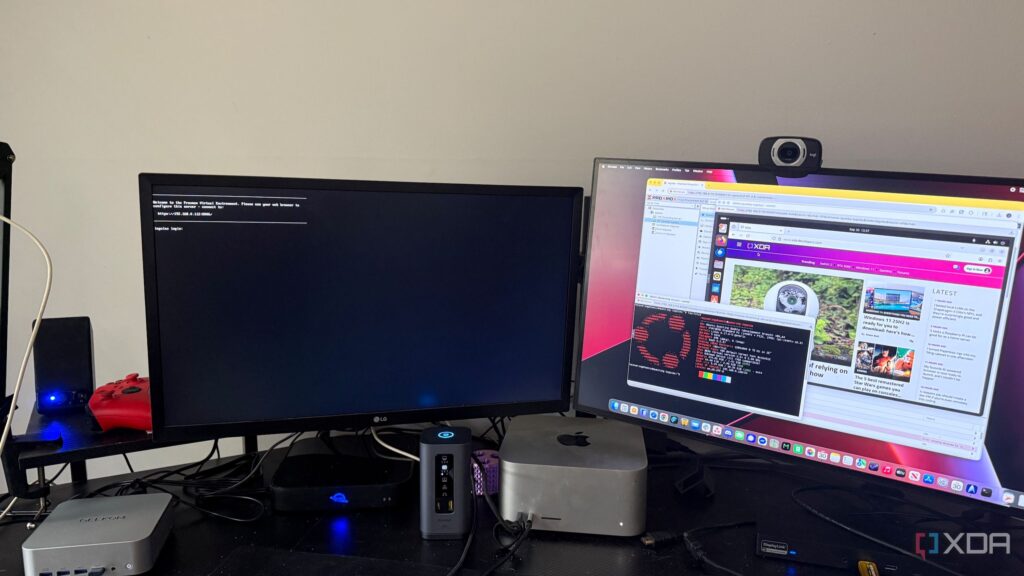
UPDATE: Individuals attempting to self-host services on their Network Attached Storage (NAS) systems are encountering significant challenges, as reported by tech enthusiasts experimenting with independent cloud solutions. The allure of bypassing monthly subscriptions has turned into a struggle for many users, revealing six critical pitfalls that could deter newcomers.
The rise of self-hosting has gained momentum, yet the reality of managing a NAS setup often proves to be far more complex than anticipated. Users are reporting various headaches, including increased noise and heat from their devices as they expand their storage capacities. As one user noted, their once-quiet NAS became an annoying distraction, particularly during quiet evenings.
Noise and Heat: Initially, users enjoy a relatively silent experience, but as they add more drives, the fan noise escalates. Without a dedicated server room, this increased noise and heat can disrupt home environments.
Uptime Stress: As reliance on self-hosted services grows, maintaining uptime becomes a pressing issue. Users find that unexpected reboots or power outages can lead to critical failures, jeopardizing access to vital files and backups. The pressure to ensure continuous operation mirrors the expectations of traditional cloud services.
Security Headaches: Opening ports for remote access to NAS systems raises serious security concerns. Users expose their devices to potential cyber threats, requiring constant vigilance. The added responsibility of managing SSL certificates, firewalls, and VPN setups can overwhelm even the most tech-savvy individuals.
Maintenance Challenges: The belief that setup is a one-time task is misleading. Users quickly learn that maintenance is ongoing, with unexpected drive failures and software updates frequently disrupting functionality. Many report spending hours troubleshooting issues that arise unexpectedly.
Storage Limitations: Initial investments in storage can quickly become inadequate. One user expressed frustration after their two 8TB drives filled up faster than anticipated, necessitating costly upgrades to accommodate their growing data needs.
Remote Access Friction: While the promise of accessing files from anywhere is appealing, the reality involves navigating complex setups that often frustrate users. Issues with VPNs and dynamic DNS configurations can create accessibility barriers when users need files most.
Despite these challenges, many self-hosting enthusiasts appreciate the control and peace of mind that comes from managing their data locally. However, as the complexities of self-hosting become apparent, some are opting for a hybrid approach that combines the best elements of traditional cloud services and self-hosted solutions.
As the trend of self-hosting continues to gain traction, awareness of these challenges is crucial for potential users. The ongoing developments in the self-hosting community highlight the need for careful planning and management to avoid common pitfalls.





